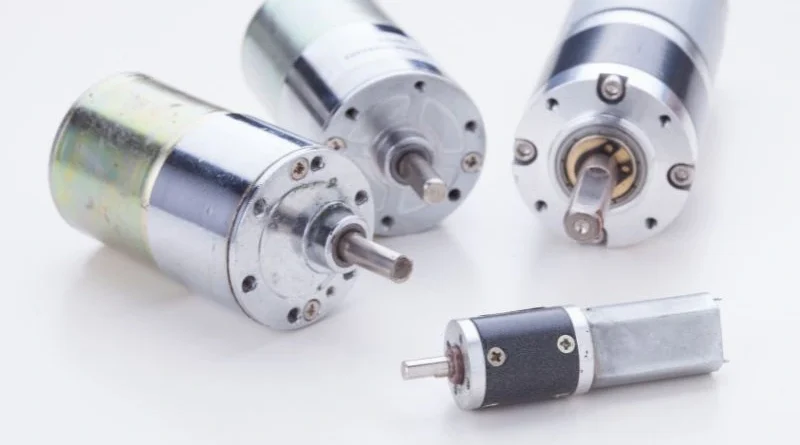
When it comes to electric motors, direct current (DC) motors are essential components used in a variety of applications. DC motors convert electrical energy into mechanical energy and are used in everything from household appliances to industrial machinery. They come in different shapes and sizes, each designed for a specific purpose. This article examines the different types of DC motors and their characteristics so you can determine which type is best for your specific application.
Introduction to DC Motors
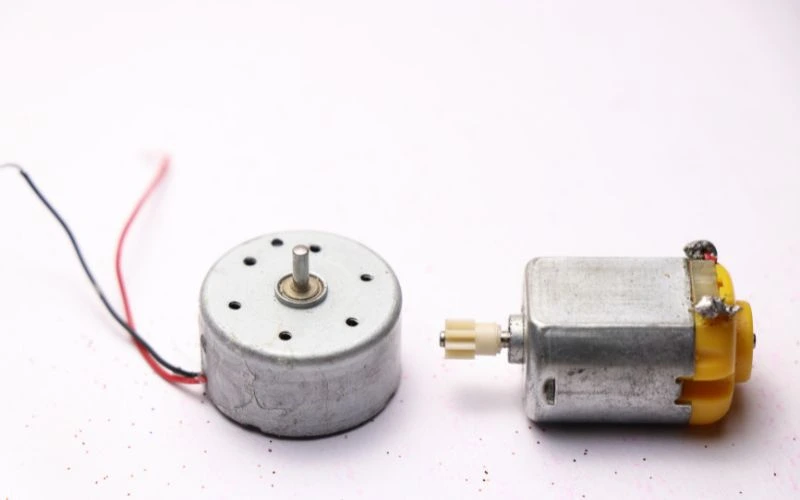
DC motors convert electrical energy from a DC source into mechanical rotation. The main feature of DC motors is the flow of electrical current in one direction through the motor windings, creating a magnetic field and rotating the rotor. This fundamental principle allows for precise control of speed and direction, which is why DC motors are popular for many applications.
Types of DC Motors
DC motors can be broadly classified into different types, each with different features and advantages. Let's look at these types in detail:
DC brush motors
Brushed DC motors, also known as brushed motors or simply “DC motors”, are the simplest type of DC motors. These motors consist of an armature (rotor) and a stator with commutator and brushes that supply power to the rotor. When voltage is applied to the brushes, a magnetic field is created that causes the rotor to rotate.
Advantages of DC Brush Motors
- Simplicity and cost-benefit.
- Relatively high starting torque.
- The speed can be easily controlled by varying the voltage.
Disadvantages of DC brush motors
- Limited useful life due to brush wear.
- Electromagnetic interference (EMI) caused by arcing on the brushes.
- Efficiency may decrease over time.
Brushless DC Motors
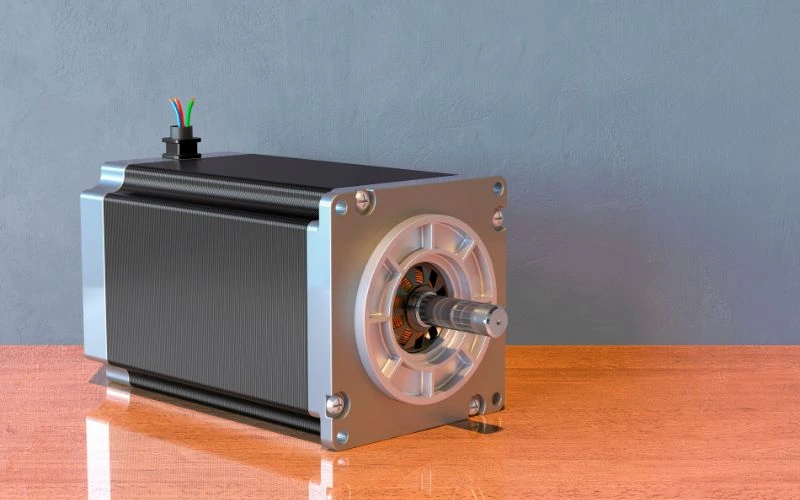
Brushless DC motors, or BLDC motors, are a significant improvement over brushed motors because they no longer require brushes and commutators. Instead, BLDC motors use a controller and permanent magnets to create a rotating magnetic field that drives the rotor. This design results in a more efficient and reliable engine.
Advantages of Brushless DC Motors
- Longer useful life, as there is no wear on the brushes.
- Greater efficiency and power density.
- Reduced electromagnetic interference and electrical noise.
Disadvantages of Brushless DC Motors
- Typically more expensive than brushed DC motors.
- Requires a more complex control system.
DC motors with series connection
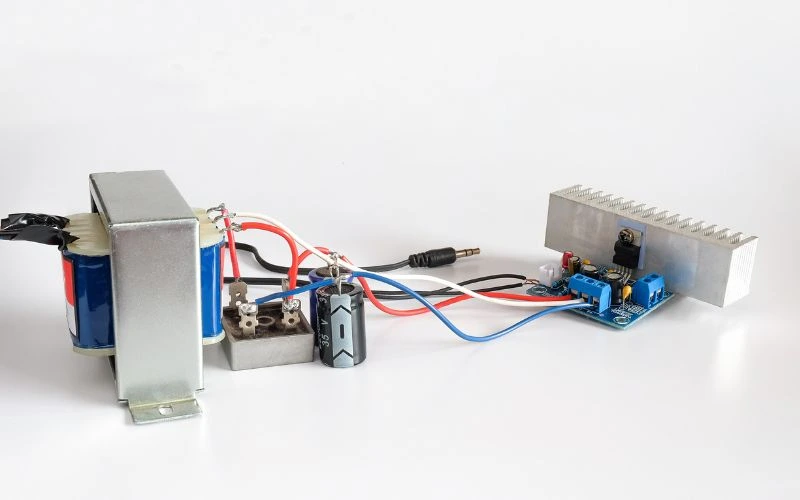
In series wound DC motors, the armature and field windings are connected in series. This configuration provides high starting torque, making it suitable for applications where heavy loads need to be accelerated. Series wound DC motors are often used in traction applications such as electric vehicles and forklifts.
Advantages of DC motors in series
- Exceptional starting torque.
- Suitable for applications requiring fast acceleration.
- Simple and robust design.
Disadvantages of DC series motors
- Due to the series connection configuration, speed control is limited.
- Inefficient at high speeds.
- Tends to overheat under low load.
Shunt DC Motors
In DC motors with shunt windings, the armature and field windings are connected in parallel, that is, “side by side”. These motors provide a relatively constant speed and are often used in applications that require consistent performance, such as transportation systems and industrial machinery.
Advantages of DC shunt motors
- Excellent speed regulation and stability.
- Suitable for applications with varying load conditions.
- Longer service life compared to series engines.
Disadvantages of DC shunt motors
- Lower starting torque than series engines.
- Lower torque at low speeds.
- Controls can be more complex than other types.
DC motors with compound winding
Composite winding DC motors combine series and shunt motor elements. They feature series and shunt field windings, providing high starting torque and good speed control advantages. These motors are often used in applications that require a balance between torque and speed, such as: B. Winches and winches.
Advantages of DC motors with compound winding
- Balanced performance with good torque and speed control.
- Versatile for various applications.
- Efficient and durable.
Disadvantages of DC motors with compound winding
- Complexity in winding design and control.
- May require more maintenance than some other types.
DC Motor Applications
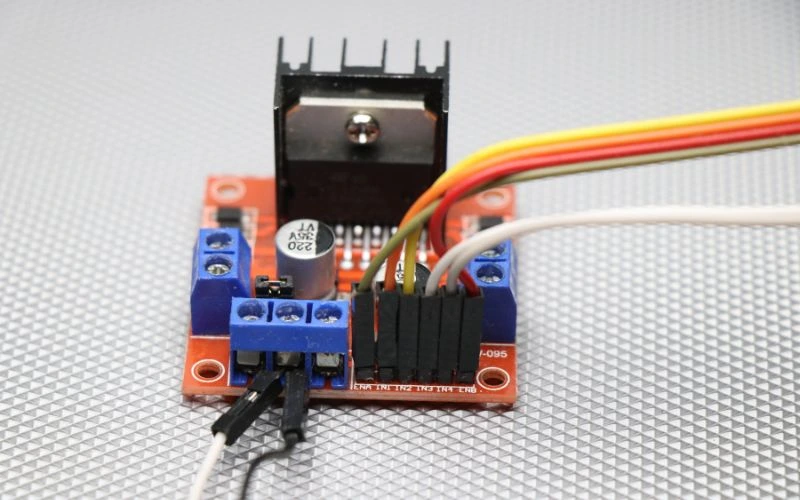
Due to their versatility and control characteristics, DC motors are used in a wide range of industries and devices. Some common applications are:
- Automobile industry: DC motors are used in power windows, windshield wipers and power seats.
- Industrial machines: They drive conveyor belts, elevators and heavy machinery.
- Consumer Electronics: DC motors are found in hair dryers, shavers, and DVD players.
- Aerospace: They are used in aircraft actuators and controls.
- Medical equipment: DC motors power various medical devices.
- Robotics: These are important components of robotic arms and automated machines.
- Renewable energy: DC motors play a role in solar tracking systems and wind turbines.
- Toys: Many remote-controlled toys use small DC motors for movement.
Conclusion
In summary, an in-depth knowledge of the different types of DC motors allows engineers and enthusiasts to make informed decisions when selecting the ideal motor for their applications. Whether it's the simplicity and economy of brushed DC motors, the efficiency and reliability of brushless DC motors, or the specific advantages of series, shunt, or compound winding DC motors, each type offers a unique set of features that can be used. to achieve the To meet the requirements of various industries and devices. These engines play an important role in our everyday lives, powering everything from household appliances to cutting-edge industrial machinery and more, making them a cornerstone of modern engineering and innovation.
Common questions
1. What is the main advantage of brushless DC motors?
The main advantage of brushless DC motors is their longer lifespan and higher efficiency compared to brushed DC motors. Because BLDC motors do not have brushes or commutators, the motor components are subject to less wear and tear. This results in greater durability and reduced maintenance.
2. How do DC motors differ from AC motors?
The main difference between DC and AC motors is the type of current at which they operate. DC motors use direct current in which electrical current flows in one direction. AC motors, on the other hand, use alternating current that changes direction regularly. This fundamental difference affects their construction, control and performance characteristics.
3. What factors should I consider when selecting a DC motor for my application?
When selecting a DC motor for a specific application, consider the required torque, speed, power supply, and control options. Also consider the operating environment, accuracy requirements, and expected engine life. Each type of DC motor has its strengths and weaknesses. Choosing the right motor therefore depends on the specific requirements of your application.

